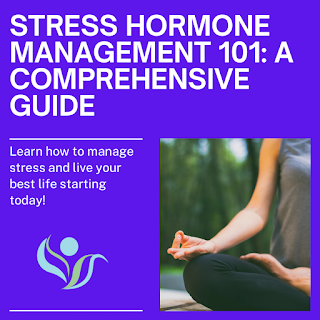Living With the Enemy: The Scary Effects of Mold Exposure
Mold is more than just an unsightly nuisance; it can be a silent danger lurking in our homes, posing serious health risks to ourselves and our families. In this blog post, we delve into the hazardous effects of mold exposure, explore the common avenues through which people encounter mold, and provide essential tips to prevent its insidious presence.
The Dangerous Effects of Mold Exposure
Mold releases tiny spores into the air, which can be easily inhaled, making their way into our respiratory system. For many individuals, mold exposure may trigger allergic reactions, leading to symptoms like sneezing, watery eyes, and skin irritation. However, for those with mold sensitivities or compromised immune systems, the effects can be far more severe, resulting in respiratory issues, asthma exacerbation, persistent coughing, fatigue, and even serious lung infections.
The Clinical Dangers of Mold Exposure
For individuals susceptible to mold-related health complications, exposure can instigate a cascade of medical issues. Chronic exposure to mold spores has been linked to conditions such as allergic bronchopulmonary aspergillosis (ABPA), hypersensitivity pneumonitis, and mycotoxicosis—a condition stemming from the ingestion of mycotoxins, toxic substances produced by molds. Mycotoxicosis symptoms may encompass neurological symptoms, immunosuppression, and even carcinogenic effects. It is therefore imperative to consider the broader clinical context of mold exposure and its potential long-term consequences.
Common Sources of Mold Exposure
- Damp and Neglected Spaces: Mold thrives in damp, humid environments such as basements, bathrooms, and poorly ventilated rooms.
- Water Leaks and Flooding: Untreated water leaks and flood-damaged areas create perfect breeding grounds for mold.
- HVAC Systems: Mold can easily spread through heating, ventilation, and air conditioning systems that are not regularly cleaned and maintained.
- Mold-Infested Materials: Old carpets, wallpaper, upholstery, and wooden furniture can harbor mold spores, releasing them into the air over time.
Testing for Mold Exposure
Given the potential severity of mold-related health issues, it is crucial to consider testing for mold exposure, especially when symptoms are persistent or worsen over time. Diagnostic options, such as the Mycotoxin Profile offered by Mosaic Diagnostics, can provide invaluable insights into potential mycotoxin exposure. This comprehensive assessment analyzes urine samples for mycotoxins, offering healthcare professionals a valuable tool to assess whether an individual has been exposed to mold toxins and tailor appropriate interventions accordingly.
How to Avoid Mold Exposure
- Moisture Control: Keep your home dry by promptly repairing leaks and addressing water damage. Use dehumidifiers in humid areas to maintain optimal indoor humidity levels.
- Proper Ventilation: Ensure proper airflow by using exhaust fans in bathrooms and kitchens, and regularly open windows to improve ventilation.
- Regular Maintenance: Keep your HVAC systems clean and change filters regularly to prevent mold growth within the system.
- Thorough Cleaning: Regularly clean and disinfect areas prone to moisture, such as bathrooms and kitchens, to discourage mold growth.
Mold exposure is a serious concern that demands immediate attention. The dangerous effects of mold on our health cannot be ignored, and it is essential to take proactive measures to prevent its growth in our living spaces. By practicing good home maintenance, proper ventilation, and being vigilant about potential mold hotspots, we can safeguard our well-being and enjoy a mold-free and thus healthier environment for ourselves and our loved ones.



Comments
Post a Comment